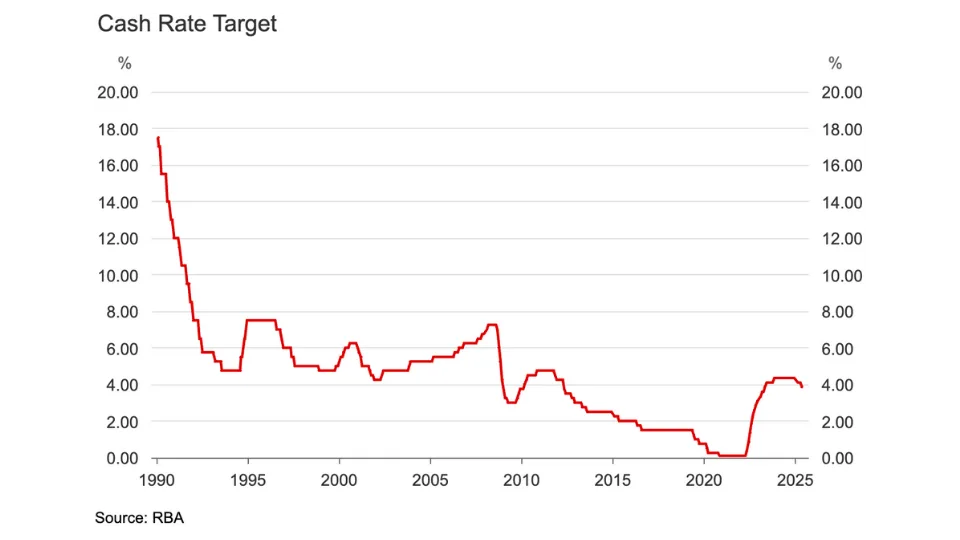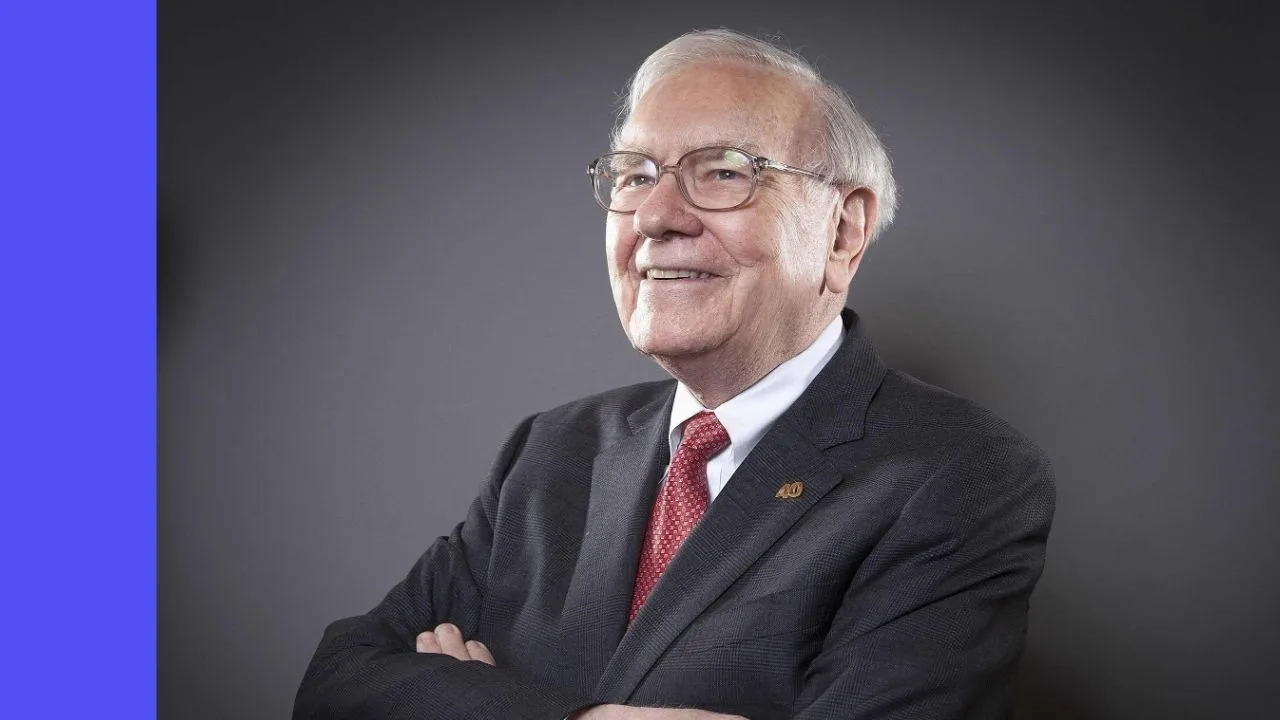ASX: VAS and ASX: A200 are the two heavyweights of Australian share ETFs, but knowing which one deserves a place in your portfolio isn’t always simple. Both give investors an easy way to own a slice of the Australian share market — but they do it in slightly different ways. One casts a wider net, the other goes lean and low-cost.
That is all well and good – but which one is best for you?
Let’s break down what each offers, compare them side by side, and explore the key factors that can help you decide.
Inside VAS: Vanguard’s flagship option
VAS is a favoured choice in the realm of Australian ETFs, offering investors exposure to the largest publicly listed companies in Australia. This ETF was established in 2009 by Vanguard and tracks the ASX 300 Index — about 300 of the country’s biggest companies. That means broader exposure across sectors, from banking to mining and beyond. Companies in VAS include Commonwealth Bank (ASX: CBA), BHP (ASX: BHP), and Telstra (ASX: TLS).
Key features of VAS:
- Diversification: Covers ~300 companies, including mid and small caps.
- Low costs: Competitive fees, consistent with Vanguard’s reputation.
- Track record: The largest ETF on the ASX, backed by Vanguard’s history.
A200: BetaShares’ challenger fund
Launched in 2018 by BetaShares, A200 tracks the Solactive Australia 200 Index. It focuses on the top 200 companies by market cap, giving exposure to the biggest players while keeping things simple. Companies in A200 include Westpac (ASX: WBC), Woolworths (ASX: WOW), and Fortescue Metals (ASX: FMG).
Key features of A200:
- Focused exposure: Only the top 200 ASX-listed companies.
- Cost efficiency: Among the lowest-fee ETFs in Australia.
- Simplicity: Straightforward structure, ideal for beginners.
Side-by-side comparison
| Feature | VAS (Vanguard Australian Shares ETF) | A200 (BetaShares Australia 200 ETF) |
|---|---|---|
| Index tracked | ASX 300 Index | Solactive Australia 200 Index |
| Holdings | Top 300 companies (incl. ~100 small caps) | Top 200 companies only |
| Sector exposure | Broader across all sectors (~84–87% of ASX market) | More concentrated (~80% of ASX market) |
| Management fee | Slightly higher | One of the lowest in the market |
| Fund size | Larger, highly liquid | Smaller, but still significant |
| Provider | Vanguard – global, long track record | BetaShares – local, cost-focused innovator |
Why the choice isn’t always obvious
Both VAS and A200 give low-cost access to Australia’s biggest companies — but the differences lie in the details. VAS offers broader diversification by including 300 stocks, while A200 goes leaner with 200 and edges ahead on fees. Vanguard’s size and global reputation may appeal to investors seeking stability, while BetaShares’ local focus and cost leadership attract those chasing efficiency. For many, the choice boils down to whether they value broader exposure or the lowest possible fee.
Making your decision
Ultimately, choosing between VAS and A200 depends on your goals, risk tolerance, and cost sensitivity. Ask yourself:
- Do you prefer broader exposure across 300 companies (VAS), or a simpler focus on the top 200 (A200)?
- Are you comfortable paying a fractionally higher fee for Vanguard’s scale, or do you want the absolute cheapest option?
- Do you value long-term track record (VAS) or newer, lean efficiency (A200)?
You can also use Pearler’s Compare tool to line up VAS and A200 directly on price, performance, dividends, and more.
Final thoughts
Choosing between VAS and A200 doesn’t have to be overwhelming. Both are excellent options that deliver diversification, simplicity, and access to Australia’s top companies. The right one comes down to your personal investing style — and for some investors, the answer might even be to hold both!
Pearler makes it easy to compare, buy, and track ETFs like VAS and A200. With simple tools, automatic investing options, and a community of long-term investors, Pearler can help you build a portfolio that actually sticks.
Check out Pearler today and start investing smarter in VAS, A200 — or both.










